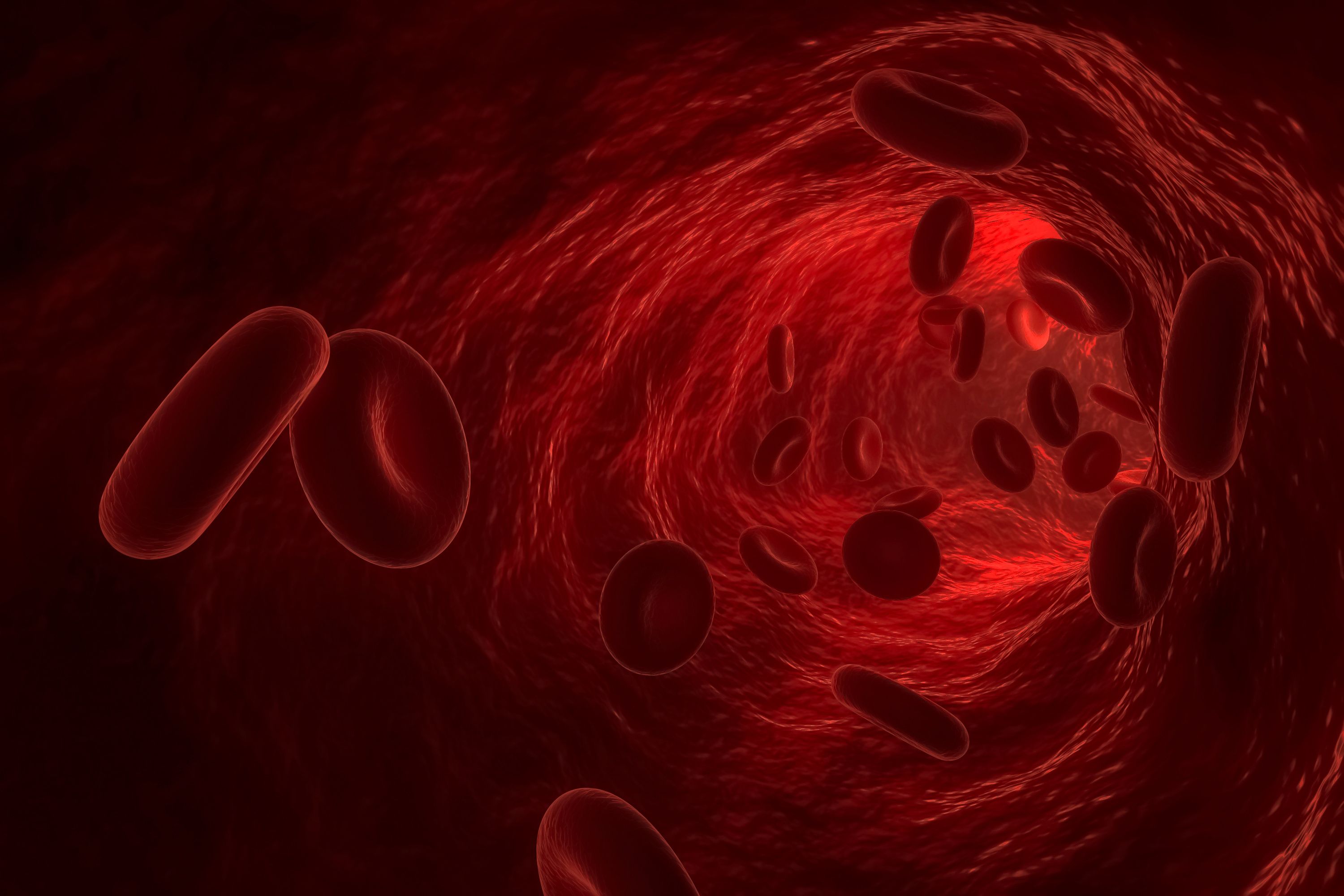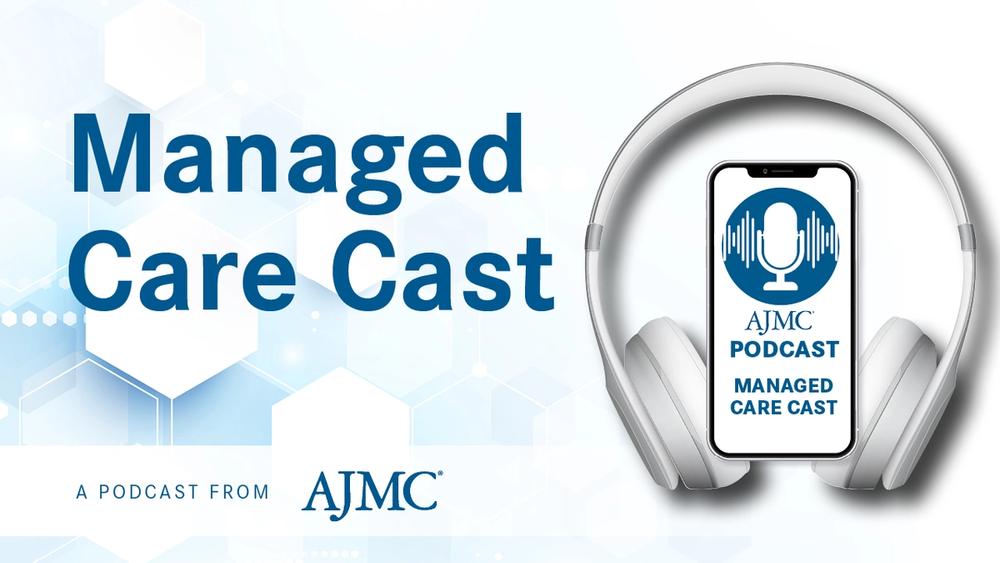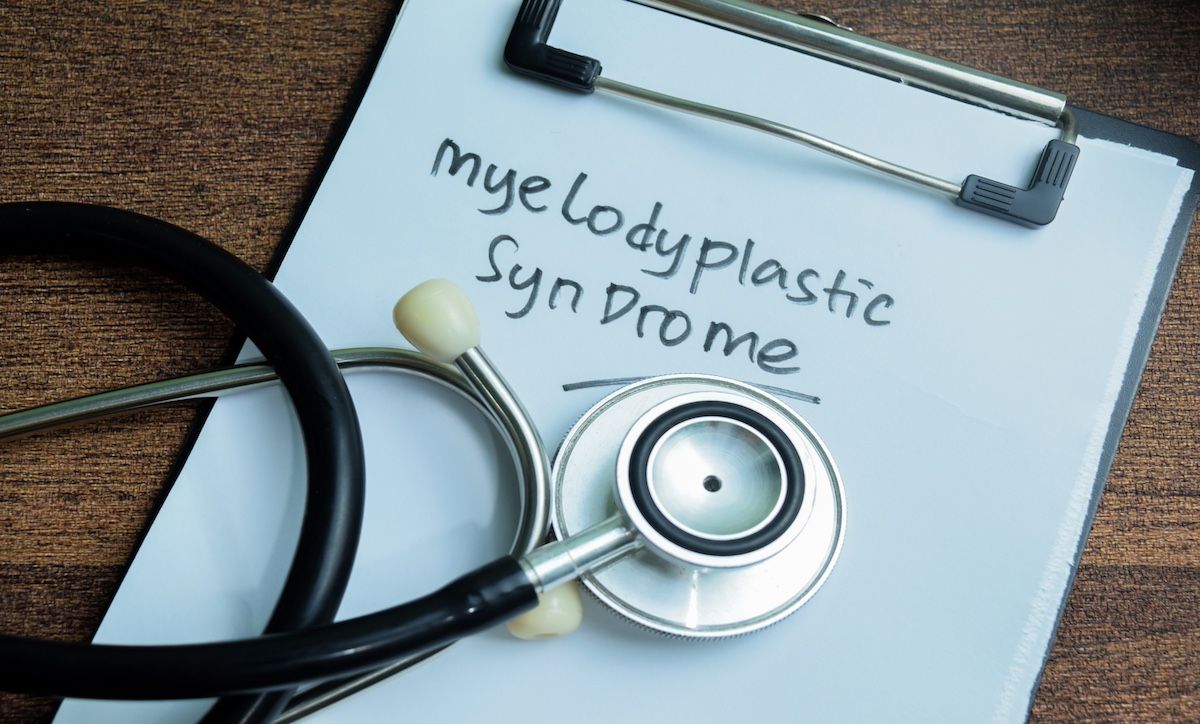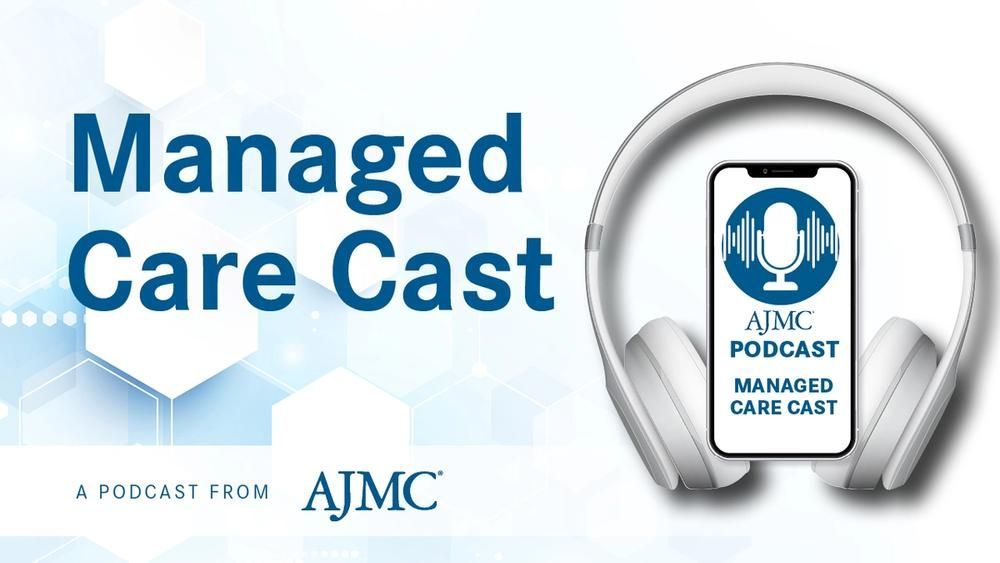News
Article
MRD-Guided Triplet Therapy Leads to Deep Remissions in R/R CLL
Author(s):
Minimal residual disease (MRD)-guided triple therapy showed promising results for relapsed chronic lymphocytic leukemia (CLL), achieving high rates of undetectable disease and prolonged survival.
The triple combination therapy of venetoclax, zanubrutinib, and obinutuzumab, guided by measurable residual disease (MRD), showed promise in relapsed or refractory chronic lymphocytic leukemia (R/R CLL), a new report found.1 The study was published in the journal Blood.
Bruton tyrosine kinase inhibitors (BTKis) and B-cell lymphoma-2 (BCL2) inhibitors have sparked significant improvements in outcomes of patients with CLL, noted corresponding author Moritz Fürstenau, MD, of the University Hospital of Cologne, and colleagues. Triplet therapy, with the inclusion of anti-CD20 antibodies, has further shown promise, they noted, including in the recent GAIA/CLL13 trial. In that study, patients were treated with venetoclax, ibrutinib (Imbruvica), and obinutuzumab in the first-line setting. Participants had high rates of undetectable MRD and long progression-free survival (PFS), the investigators found.2
Fürstenau and colleagues said subsequent studies have affirmed the value of triplet combinations in the first-line setting, but that evidence in the relapsed/refractory setting is sparse.
Triple combination therapy guided by MRD showed promise in R/R CLL. | Image credit: Matthieu - stock.adobe.com

“Given the shift toward time-limited combinations in the first-line treatment of patients with CLL, there is a high need for time-limited second- or later-line therapies that promise efficacy even in a post-BTKi/post-BCL2 inhibitor setting,” they wrote.
The investigators noted that using MRD to guide treatment offers a mechanism to ensure patients get sufficient time on therapy while also avoiding additional exposure to treatment if it is not warranted. In the new trial, they evaluated the use of MRD-guided venetoclax, zanubrutinib, and obinutuzumab in a cohort of patients with R/R CLL. Some of the participants had previously undergone debulking with bendamustine.
Forty-two patients were enrolled in the phase 2 CLL2-BZAG trial, though 2 of the patients were excluded from the full analysis because they received less than 2 complete cycles of induction therapy.
The participants had a median of 1 prior therapy, though they ranged from 1 to 5 lines of therapy. Nearly half of patients (n = 18) had already received a BTKi, 7 had previously taken venetoclax, and 5 patients had taken both. Nineteen participants received bendamustine debulking, and all but 4 of those patients received both planned cycles of therapy. Fifteen participants had a TP53 mutation or deletion, and 31 had unmutated immunoglobulin heavy chain variable region genes.
After 6 months on triple therapy, all of the participants responded to treatment, and 21 participants (52.5%; 95% CI, 36.1-68.5) achieved undetectable MRD (uMRD) in the peripheral blood. The best uMRD rate was 85%, the investigators found, as many patients experienced deepening remissions over time. The authors calculated an estimated PFS of 96% at 18 months and an overall survival (OS) rate of 96.8% at the same time point. None of the participants had required additional treatment as of the conclusion of the study period.
The use of bendamustine debulking was not associated with better efficacy in this trial.
“Considering the now widely established BTKi-based debulking schedules before the start of concomitant venetoclax and the general movement toward entirely chemotherapy-free regimens, it is unlikely that this debulking approach will be further evaluated,” they wrote.
The authors said no unexpected toxicities occurred in their trial. The most common adverse events reported by participants were coronavirus disease 2019 (COVID-19), diarrhea, infusion-related reactions, thrombocytopenia, nausea, fatigue, and neutropenia. However, the investigators noted that those adverse events align with the reported safety profiles of the therapies used in the trial.
Fürstenau and colleagues concluded that the combination therapy showed “promising efficacy” including among patients with high-risk genetics and previous exposure to venetoclax and BTKis.
“Given the potential of this MRD-driven, individualized approach to achieve deep remissions in most patients even when pre-exposed to targeted treatments, this time-limited triple combination warrants further exploration in relapsed/refractory CLL,” they concluded.
References
- Fürstenau M, Robrecht S, Schneider C, et al. MRD-guided zanubrutinib, venetoclax, and obinutuzumab in relapsed CLL: primary end point analysis from the CLL2-BZAG trial. Blood. 2025;145(12):1282-1292. doi:10.1182/blood.2024026685
- Fürstenau M, Kater AP, Robrecht S, et al. First-line venetoclax combinations versus chemoimmunotherapy in fit patients with chronic lymphocytic leukaemia (GAIA/CLL13): 4-year follow-up from a multicentre, open-label, randomised, phase 3 trial. Lancet Oncol. 2024;25(6):744-759. doi:10.1016/S1470-2045(24)00196-7





